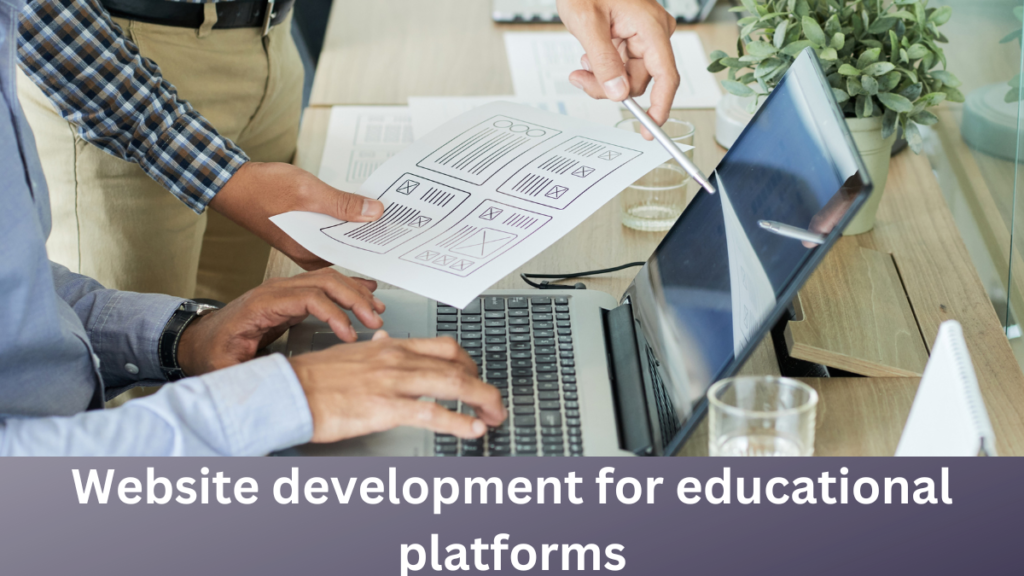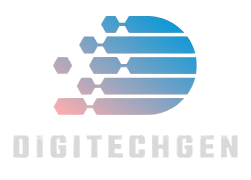Website development for educational platforms
Creating Websites for Learning Platforms
In today’s digital world, it’s important for educational sites to have an online presence. More students and workers are looking for online learning tools, so it’s important for educational institutions or services to have a strong and easy-to-use website. Creating websites for educational platforms includes designing, adding useful features, writing material, and providing interactive tools that make learning easy for users.
Why is Website Development Important for Educational Platforms?
Website development is crucial for educational platforms because it helps create user-friendly and effective online learning experiences. A good website makes it easy for students to access course materials, communicate with teachers, and participate in discussions. It also allows educators to share resources, track student progress, and manage classes efficiently. Overall, a well-developed website enhances learning and teaching, making education more accessible and engaging.
In online learning, your website is what possible students will see first. It should be impressive and easy to use, filled with useful information, and artistically appealing. It should encourage users to take action, like signing up, learning, or looking for more resources. A good website isn’t just visually appealing; it also helps people learn better. It should be easy to use, accessible, and have important features like course lists, payment options, and student accounts.
Important Parts of Building an Educational Website
- Responsive Design: Fulfilling User Needs on Different Devices
A flexible website design makes sure your site can be used on any device, whether it’s a computer, tablet, or phone. With more people using mobile devices to browse the internet, it’s essential for your website to work well on all screen sizes. A flexible design improves your SEO results and helps engage people more effectively. - User-Friendly Interface: Making Navigation Easy
A good teaching tool must be easy to use. The website should have a clear, easy-to-use design. Users should easily find their course, plan, or resource in just a few clicks. Whether a student is looking at lessons or a teacher is adding new material, the process should be easy and fast. - Course Management System: Easy Administration
For any school website, the course management system (CMS) is essential. A well-integrated CMS allows educators to post lessons, track student progress, and handle marks and comments. Students can track their progress, find resources, and get updates—all in one location. - Interactive Features: Getting Your Audience Involved
Adding engaging tools like quizzes, discussion boards, live chats, and multimedia slideshows (like movies and cartoons) can really improve the learning experience. Interaction keeps pupils interested and helps them understand ideas better. - Secure Payment Gateways: Facilitating Easy Transactions
Educational sites usually need payment methods for signing up for courses or subscribing to services. It’s important to have safe and simple payment options, like credit cards, debit cards, digital wallets, or other payment services. This makes the website more trustworthy and easy to use, improving user happiness. - Support for Multiple Languages: Helping Learners Around the World
If your site serves people from different countries, providing support in multiple languages can be very helpful. As more students from around the world register, a bilingual website makes it easier for everyone to receive information and feel included. - SEO-Friendly Content: Targeting the Right Audience
Having a website alone isn’t enough. SEO (Search Engine Optimisation) is important for getting your website to rank better on search engines like Google. Using important keywords, improving meta tags, and keeping a blog with helpful educational material can draw more visitors to your site, bringing in both students and teachers. - Improving Performance: Making Things Faster
Slow websites can annoy users and lead to higher return rates. To make your website run better, reduce load times and choose a trustworthy hosting service. This will give users a better experience and keep them interested for longer. - Security Features: Keeping Sensitive Data Safe
Educational sites usually handle personal information like student records, payment info, and academic qualifications. To keep your website safe, use HTTPS, encryption, and regular changes. This will protect users’ information and help build their trust. - Content Management and Scalability
As your teaching site expands, it’s important to handle and update the material. A good content management system (CMS) makes it easy to change papers, movies, and other materials. It also supports growth, so as your site expands, you can easily add new features and more material.

Conclusion: Website development for educational platforms
Creating a website for educational tools is a smart investment for improving learning in the future. It needs careful planning, a design that focusses on users, and smart features that improve teaching and learning. When creating a website for online classes, student management, or educational tools, it’s important to make it easy to use, interesting, and safe. This will help meet educational goals and current standards.
A good instructional website not only helps people learn but also builds a community of students and teachers. It makes information easier to access and supports students in reaching their learning goals.
